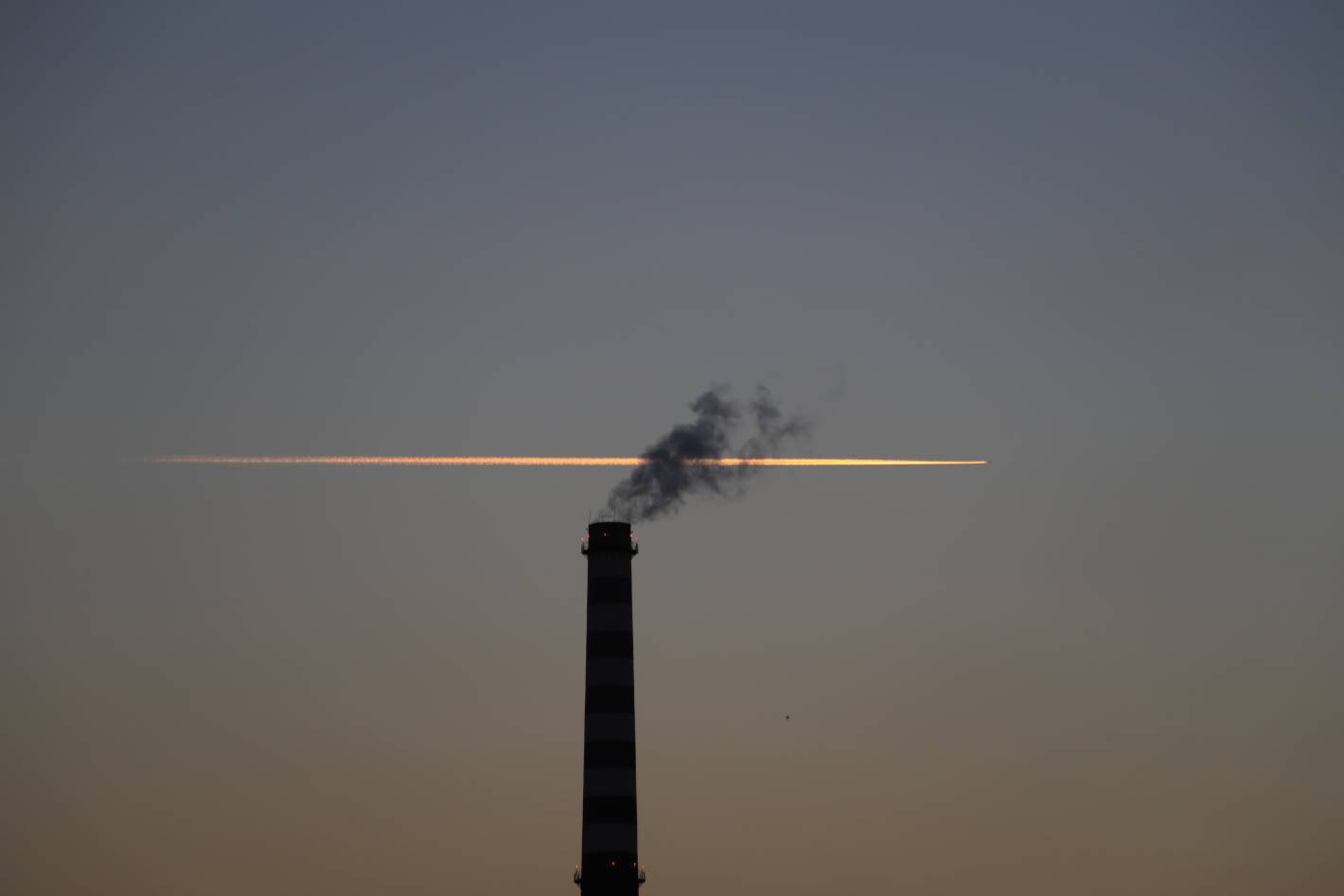In October 2018, the Intergovernmental Panel on Climate Change (IPCC) released a landmark report detailing the dangers of a global 1.5 °C temperature rise from pre-industrial levels. These include increased occurrence of natural disasters, forced human migration, and loss of ecosystems.
This isn’t great news, obviously, and it’s easy to feel anxious in the face of global warming. However, anxiety is conducive to action: all over the world, policymakers are pooling their resources to help reduce greenhouse gas (GHG) emissions and save our planet.
Eight countries in particular are making huge waves in environmental policymaking.
European countries top the list, implementing incredible programs like Natura2000 (a conservation organization that protects 18 percent of the EU’s land area, and 9.5 percent of its marine territory) and the Circular Economy Action Plan (adopted in 2015), which emphasizes the need to push towards a life-cycle-driven economy (in which resources are reused as much as possible and residual waste is brought close to zero).
But there are plenty more exciting initiatives for eco-enthusiasts to gush over — let’s look at some of the legislation we hope other key countries around the world adopt in the very near future.
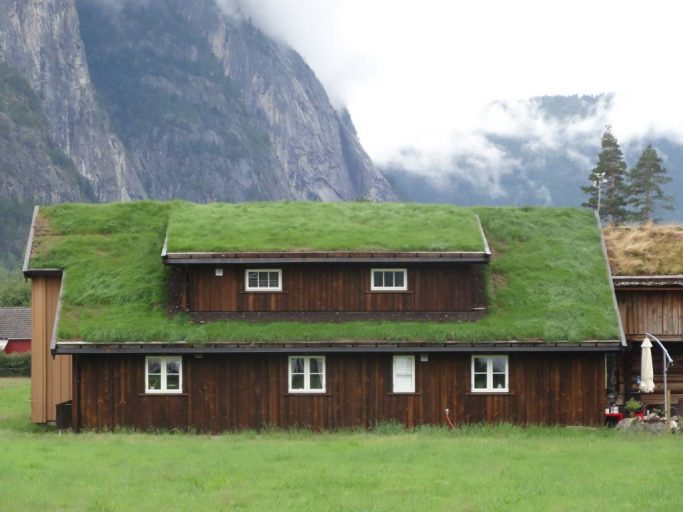
Norway
Per usual, our Scandinavian overlords top the list. Ranked No.1 on The Good Country index, Norway is a global leader in environmental protection. More than 80 percent of Norway’s domestic emissions are subject to a mandatory CO2 tax, and the country has a target to reduce GHG emissions by 30 percent by next year.
Norway has also pledged up to 3 billion Norwegian Krones per year to help “save the world’s tropical forests while improving the livelihoods of those who live off, in, and near the forests.”
Because it’s such a leader when it comes to the environment, Norway has partnered with other European countries to lead by example (see: Romania and Portugal below).
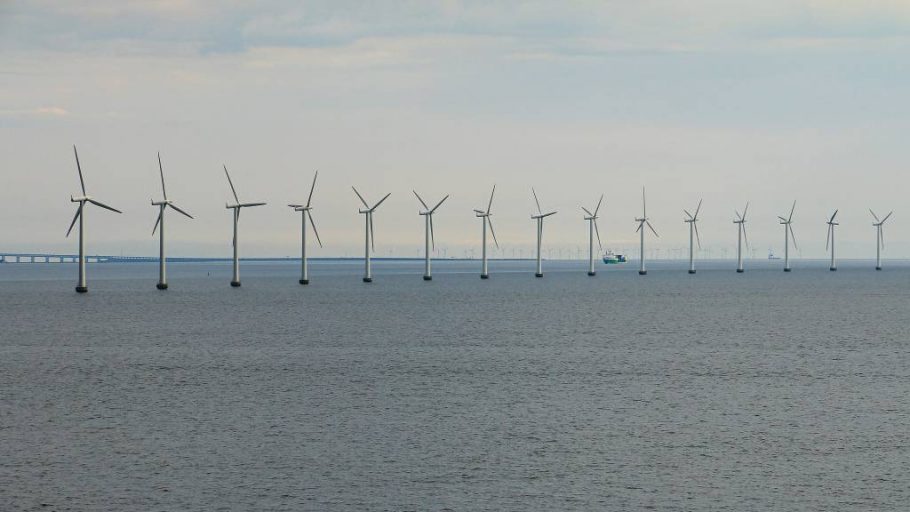
Denmark
Denmark has ambitiously committed to a fossil-fuel-free, 100-percent renewable energy future by 2050. Agriculture is big business in Denmark, and it indirectly helps provide energy too, with manure, animal fats, and straw used as the basis for biogas and liquid biofuels. More than two-thirds of Denmark’s renewable energy comes from bioenergy, and many Danish power plants are switching from fossil fuels to wood pellets, wood chips, or straw.
Denmark is also particularly environmentally conscious when it comes to construction. The Danish government implemented a revolutionary building code, banning new installation of oil boilers in all houses—while simultaneously encouraging biomass, biogas and solar thermal appliances.
Denmark is setting the course for sustainability in the shipping sector as well. Maersk Group, the world’s largest container shipping company and one of the largest companies in Denmark, has prioritized addressing the CO2 impact of shipping (which is expected to grow up to 250 percent by 2050, according to the International Maritime Organisation).
Let’s just throw in one more ridiculous project that Denmark is undertaking: a giant offshore wind farm in the Baltic Sea. The farm is expected to power 600,000 households when construction completes in 2022.
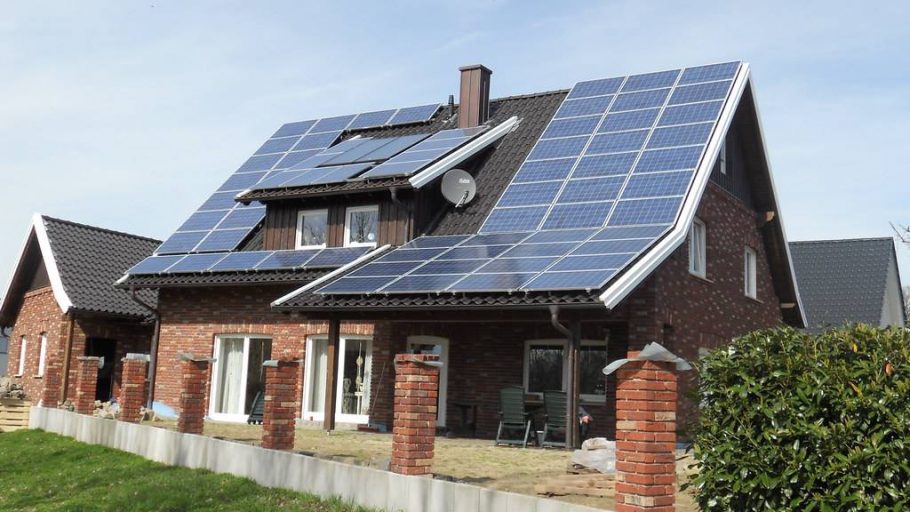
Germany
Germany has plans to become climate-neutral by mid-century thanks to Energiewende, the country’s transition to nuclear and fossil-fuel-free energy. At the beginning of 2011, there were 17 nuclear power plants in operation in Germany. By 2022, the last will have closed.
Germany is also green-conscious when it comes to design, creating the Ecodesign Directive (ErP) to regulate products with the worst environmental performance. The initiative is expected to reduce power consumption in the EU by 12 percent by 2020.
The country is quite picky when it comes to recycling, too. It’s not uncommon to get dirty looks from neighbors for not sorting through trash.
To better understand Germany’s progress in the renewable energy sector, I suggest reading this list of 10 things Germany is doing to protect the environment and this guide to Germany’s Energiewende program.
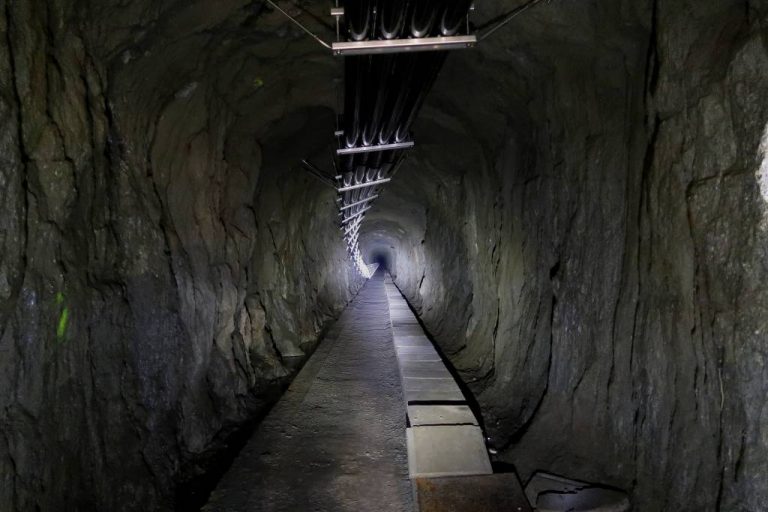
Switzerland
Like Germany, Switzerland is amid a nuclear energy phase-out of their own. The Energy Strategy 2050, implemented after the Fukushima reactor disaster in 2011, mandates that all Swiss nuclear plants must be shut down—not replaced—at the end of their safe operating life.
So what are the Swiss using to power their country?
Water.
Hydropower accounts for 60 percent of domestic electricity production. The Hydraulic Constructions Laboratory (LCH) in Lausanne is looking to hone and optimize hydropower facilities.
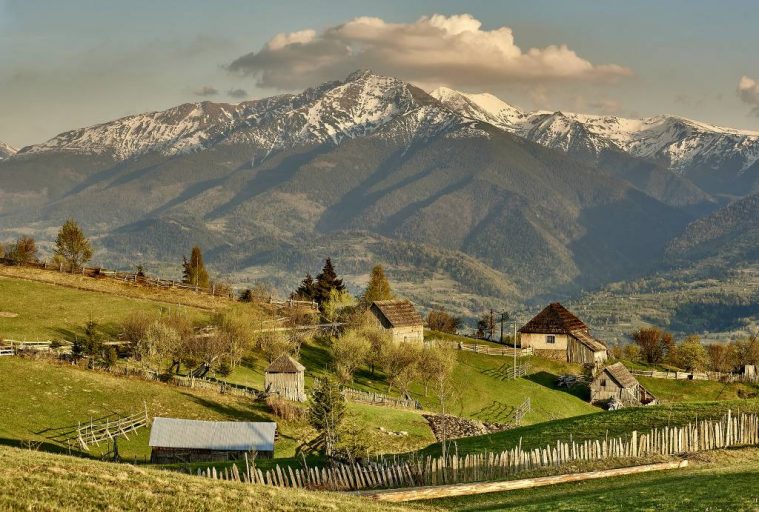
Romania
Romania has partnered with good old Norway to create the Energy Program. The €62-million project aims to increase renewable energy production; reduce CO2 emissions; and enhance research on renewable energy, energy efficiency, and energy security.
Watch the video below for more information:

Portugal
Like Romania, Portugal has teamed up with Innovation Norway to fight climate change. On 27 May 2019, Portugal signed the Portuguese Environment, Climate Change and Low-Carbon Economy program—a €24 million fund aimed to support developments towards a circular economy.
Portugal also houses the Fundo Ambiental (Environmental Fund), which began operating in 2017. In that year alone, they invested over €41 million in projects related to climate change, circular economy, nature conservation, and environmental awareness.
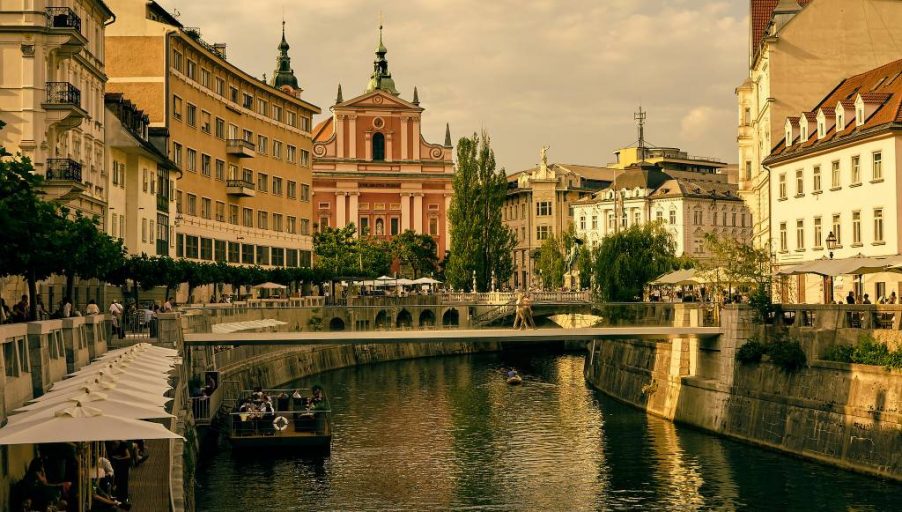
Slovenia
In 2016, Slovenia was declared the world’s first green country, based on an assessment by Dutch organization Green Destinations. Its capital, Ljubljana, was also dubbed Europe’s greenest capital in 2016.
Since issuing the Environmental Protection Act in 2008, vast swaths of the country have been given conservation status. (This is important as forests cover nearly 60 percent of the country!)
Additionally, Slovenia is developing a green model for tourism. The Green Scheme labels many of the city’s most popular attractions, accommodations, and parks as either Bronze, Silver, or Gold destinations for environmental sustainability.
Check out this interactive map that helps potential tourists locate the greenest destinations.

Uruguay
Uruguay is the unsung hero of renewable energy. Being one of the smallest countries in South America, it relies heavily on oil imports, which can get very expensive, very quickly. As electricity costs began to rise, Uruguay decided to tackle the problem internally, by self-generating their electricity.
The Uruguay Wind Energy Programme (UWEP) was started, and since then, 97–100 percent of Uruguay’s energy comes from renewable sources. Uruguay also has major plans to harness solar energy, in a project called Energiasolar.
There you have it: the top eight countries making vast strides in environmental policymaking. (North America: take notes!)
Now — while the future of our planet rests in the hands of policymakers, to get these last to act, we (the people!) need to be armed with knowledge. I highly recommend reading the existing literature on climate change to truly understand what’s happening, and what you can do about it.
The full IPCC report about the impacts of the global temperature rise (that has already happened) is a good place to start.
Image Credits:
Featured photo: “Lost in the Sky” by Mladen Borisov via Unsplash
“Typical Solar Installation” by Tim Fuller via (CC BY 2.0)
“Green Grass Roof” by denisbin via (CC BY-ND 2.0)
“Göschenen – Hydroelectric Plant KWG” by Kecko via (CC BY 2.0)
“Rodnei Mountains, Maramures, Romania” by Mihai Lucîț via (CC BY 2.0)
“Avenida Fernão de Magalhães para carros elétricos” by Joe Hawkins via (CC BY-SA 4.0)

